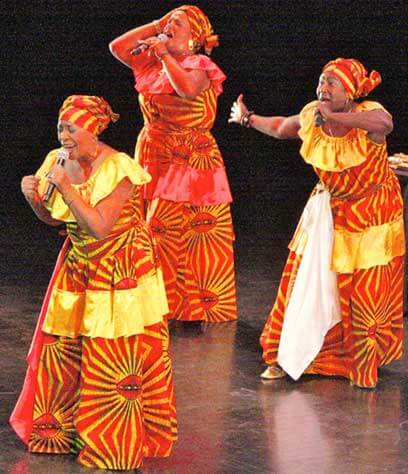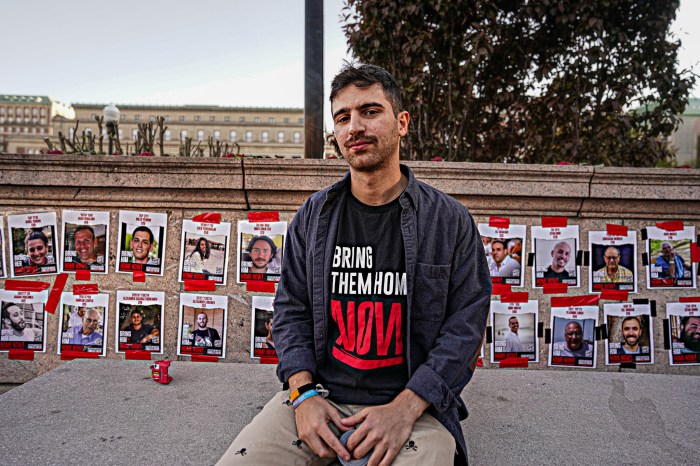After a very entertaining performance at the Brooklyn Academy of Music on June 4, The Creole Choir of Cuba is scheduled for international performances in Switzerland, France and England later this month.
Centuries ago their ancestors came with colonists fleeing Haiti’s wars of independence. Later, there were subsequent waves of Haitians looking for work in the Cuban sugar plantations including migrations in the 1940s.
Members of the 17-year-old The Creole Choir of Cuba are very Cuban and yet, they’ve maintained their connection to their Haitian roots through the Creole language and Haitian rhythms and music, their culture passed along generation to generation.
The world-renowned band also known as Desandann (Descendants) is based in Camaguey, Cuba’s historic third-largest city. They last performed in the U.S. over a decade ago.
Singing in Haitian Creole from songs in the Haitian folk repertoire to reviving resistance songs, the choir’s sound is embellished by their very classically trained voices layered with choral harmonies. The deep bass voice of Marcelo Andres Luis, musical director Emilia Diaz Chavez’s son, sometimes led some numbers.
Clusters of the audience sang along with songs they grew up with such as “Mangaje” (a newly arrived slave’s disorientation), “Mawoule” (about a herdsman), or “Peze kafe” (Coffee Theft).
“Tande” (Listen), also the name of the Choir’s CD, is familiar from the “mizik racine” roots group Boukan Ginen whose 1993 then-cassette included this song written by and sung with the raspy voice of Eddy Francois. A freedom song that denounces the misery and suffering of the Haitian people during the Duvalier government, Francois’ gritty voice is transformed in their adaptation to rich tones by Fidel Romero Miranda backed by the harmonies of the choir.
The traditional Haitian song “Fey” (Leaf), a melodic alto lament sung with bass and cascading harmonies backed by Haitian rhythms on two congas, tells the story of a mother who mourns the absence of her son who has been deported as a political protestor. This song was banned in Haiti in the early 90s by the Cedras military power. Haiti’s racine-roots band RAM sang and later recorded it. (It is written about in “The Immaculate Invasion” by Bob Shacochis.)
The choir’s main singer asked for someone to come up from the audience during the beautiful rendition of the traditional “Lumane Casimir” (the true story of a woman with a lovely voice who becomes famous, falls out of grace, and dies poor in her native village). So moved, Batala Aristide joined those on stage as did his godmother Ninaj Raoul, both not shy in dancing with the singers.

Photos by Tequila Minsky























